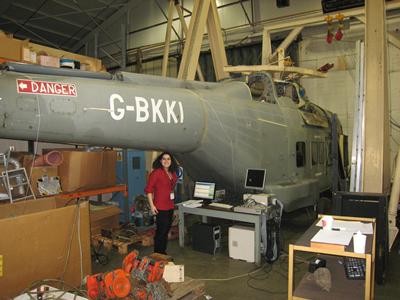Active control technology is applied to helicopters to control large amplitudes of vibrations to achieve improved performance, reduced maintenance and costs.

An active control method was proposed based on the measured data taken from a helicopter and was implemented in ground vibration tests to demonstrate its feasibility. However, the dependency of active control on external energy supply can limit its practical applications, particularly in hostile environments where energy is scarce or unreliable, or where it is impractical to route a power supply. This limitation also impedes the progression of the technology in applications where efficiency is important for environmental or economic reasons. The use of energy harvesters to harvest energy from sources such as thermal, vibrations and solar energy can provide a solution to produce an energy-efficient active control system.


Technical advantages of the proposed active control method
- No requirement for mathematical models
- Entirely based on measured data
- Limited number of sensors and actuators
Combined technologies of active control and energy harvesting
To develop active control strategies with minimal energy requirements, in conjunction with developing novel energy harvesters with maximum efficiency to produce a self-powered control system.
Collaboration opportunity
Active control is already applied to complex systems such as helicopters and cars. However, combining the active control technique with energy harvesting is a novel area of research and needs to be investigated. For the cost of two studentships, the system can be theoretically developed and experimentally tested on an aircraft.
Current Project Funding
Active control of parametrically excited systems (PES) (EPSRC EP/K005456/1), April 2013-April 2015
If you would like to know more, please contact Dr Maryam Ghandchi Tehrani m.ghandchi-tehrani@southampton.ac.uk
